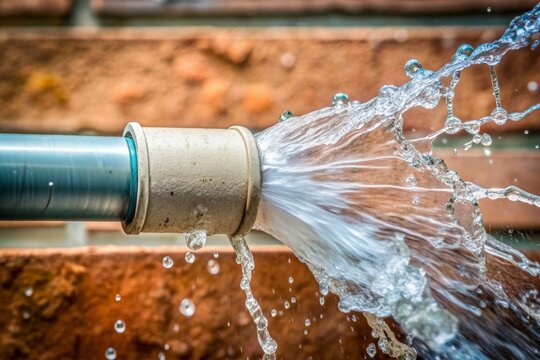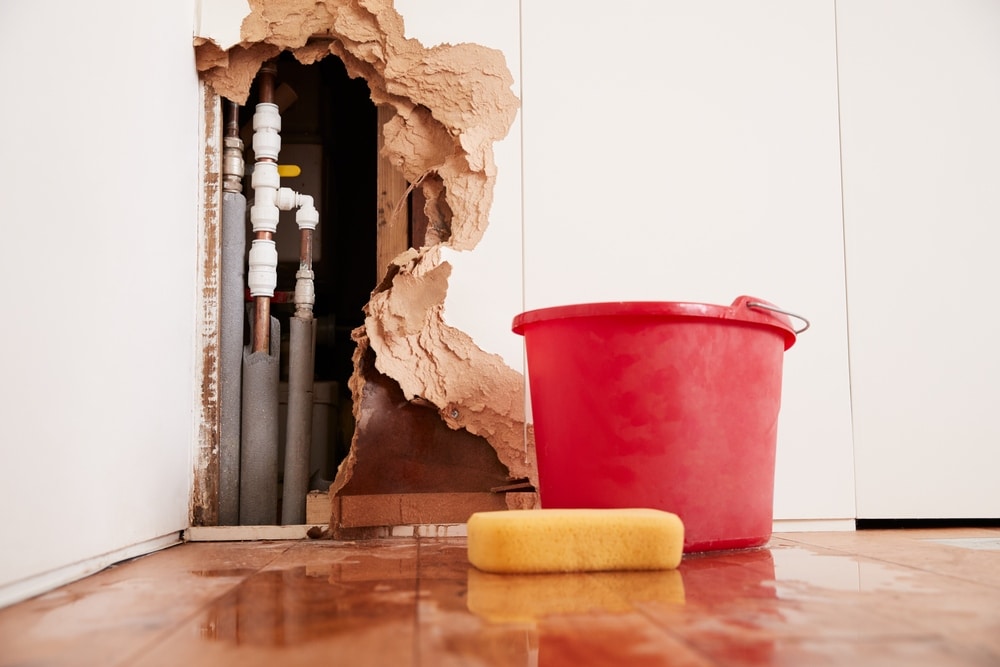How to Fix a Burst Pipe Yourself: A Step-by-Step Guide for Homeowners
How to Fix a Burst Pipe Yourself: A Step-by-Step Guide for Homeowners
Blog Article
Stopping Ruptured Pipes: Essential Tips to Protect Your Plumbing
Preventing ruptured pipelines is a vital problem for home owners, particularly throughout chillier months when the danger of cold is heightened. Carrying out tactical steps such as correct insulation, regular examinations, and maintaining consistent interior temperature levels can substantially lower the likelihood of pipeline failure.
Understand Pipeline Vulnerabilities
Understanding pipeline vulnerabilities is vital for reliable plumbing upkeep and protecting against costly damages. Several aspects add to the susceptibility of pipelines to bursts, including material composition, age, and environmental problems. Older pipes, specifically those made from galvanized steel or polybutylene, often deteriorate with time, leading to raised danger of ruptures and leakages.
Temperature level fluctuations can likewise dramatically effect pipeline stability. In cooler climates, water trapped in pipelines can freeze, applying and increasing pressure on the pipeline walls, which might inevitably cause a ruptured. Furthermore, high water pressure can stress pipelines, particularly at joints and bends, enhancing the chance of failing.

Insulate Piping Correctly
Correct insulation of pipelines is crucial for stopping freezing and succeeding ruptureds throughout winter (burst pipe). Protecting your pipes system properly safeguards versus temperature goes down that can result in expensive damages. Begin by recognizing at risk areas where pipes are subjected to outdoor temperatures, such as basements, attics, and exterior wall surfaces
Use foam pipe insulation sleeves or cover insulation tape around these locations to supply a protective obstacle. Make certain that all areas of the pipes, specifically those with limited warm direct exposure, receive adequate insulation. Pay unique focus to fittings and joints, as these are much more at risk to freezing.
When shielding, it's vital to pick products that fulfill neighborhood building codes and are appropriate for the certain setting. Fiberglass insulation is typically recommended for its thermal resistance homes. Additionally, consider making use of heat cables or tape in severe problems, which can be connected in to offer supplemental warm
Routinely evaluate protected pipes for any kind of signs of wear or damage, as endangered insulation can reduce its effectiveness. By taking these proactive actions, you substantially minimize the threat of pipeline bursts, making sure a trustworthy pipes system throughout the winter season.
Maintain Consistent Temperature Level
A secure indoor temperature is crucial for preventing burst pipelines during the frigid months. When temperatures decrease, water within pipelines can ice up, increasing and creating pressure that might ultimately create the pipelines to ruptured.Using a programmable thermostat can help manage interior temperatures effectively, ensuring that areas with pipes stay warm even when the home is unoccupied.
Furthermore, it is prudent to allow taps to leak somewhat throughout severe cold spells. This small circulation of water can protect against freezing by minimizing stress within the pipelines. Additionally, during specifically extreme climate occasions, take into consideration momentarily suspending any type of nighttime obstacles on site here your thermostat to preserve a constant cozy environment. By implementing these techniques, property owners can significantly reduce the danger of pipeline bursts and secure their pipes systems versus the severe wintertime components.
Consistently Evaluate Plumbing
Regular assessments of pipes systems are crucial for protecting against ruptured pipes and keeping total home stability. Throughout these inspections, it is essential to analyze noticeable pipelines for indications of rust, leakages, or put on.
Additionally, inspecting joints and connections is essential, as these points are commonly at risk to leaks. Homeowners need to also analyze water stress degrees, as too much pressure can stress the pipes system and enhance the threat of pipeline ruptureds.
Think about scheduling specialist plumbing inspections at the very least as soon my company as a year, especially before wintertime, to guarantee your system is planned for chillier temperature levels. Regular inspections not only aid in identifying immediate worries but additionally foster lasting maintenance techniques that can improve the lifespan of your pipes system. By being aggressive in your technique, you can protect your home against the turbulent and expensive repercussions of burst pipelines. Prioritizing plumbing inspections is an investment in your house's health and wellness and safety and security.
Know Emergency Situation Treatments
Recognizing emergency situation procedures is essential for every homeowner, particularly after conducting routine plumbing inspections. Being prepared for a pipes emergency can significantly alleviate damages and conserve costs.
Next, keep important devices handy. A pipes emergency situation package must consist of a wrench, bettor, and towels, along with a flashlight and a pail for small leakages. Furthermore, take into consideration having the call details for a relied on plumbing conveniently available, should the scenario rise past your control.
If you spot a leakage or burst pipeline, quickly shut off the supply of water and notify your plumber. Document the damages with photos for insurance coverage purposes. Recognize the signs of possible plumbing problems, such as unusual water pressure changes or damp places on walls
Inevitably, proactive understanding and swift activity are important in managing plumbing emergency situations, ensuring your home continues to be secured and reducing possible damage.

Conclusion
Finally, avoiding burst pipelines demands a multifaceted method that includes understanding pipe vulnerabilities, correct insulation, keeping consistent indoor temperature levels, normal inspections, and understanding Go Here of emergency procedures. By implementing these crucial approaches, the risk of pipes failures can be significantly decreased, thereby ensuring the durability and efficiency of the plumbing system. Aggressive measures not only guard versus possible damages but also add to overall water conservation and the defense of property.
In colder environments, water caught in pipelines can ice up, exerting and increasing pressure on the pipe wall surfaces, which may eventually lead to a burst. When temperature levels drop, water within pipes can freeze, expanding and producing stress that may inevitably trigger the pipelines to ruptured. By carrying out these methods, property owners can substantially lower the danger of pipe ruptureds and safeguard their plumbing systems against the extreme wintertime elements.

Report this page